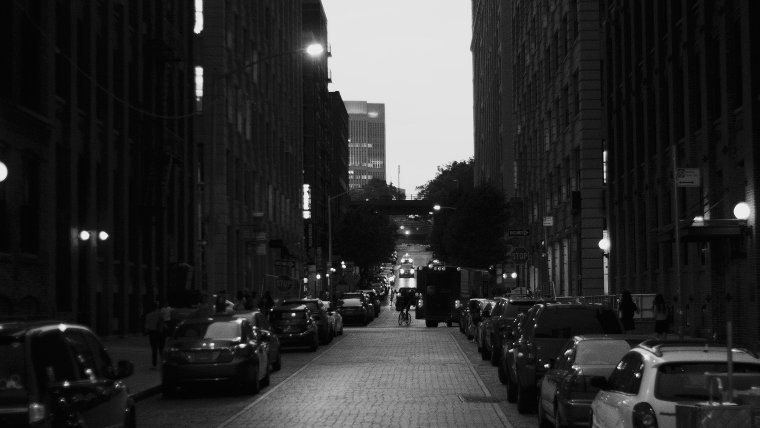
As a professional photographer or creative, we are often able to speak a visual language as we create stories with images we take on a day to day basis. This would be considered lifestyle photography, where through a series of images, we tell a story that encourages the viewer to participate in that particular story.
Make no mistake; lifestyle photography branches into different categories because it is a form of documentary photography i.e. not just people. You may find yourself sometimes doing landscape shots, food photography, fashion photography, or even content photography. Therefore one could say that lifestyle photography is very diverse in nature.
For example, as a lifestyle photographer, my portfolio ranges from shots of people to food, buildings, and breathtaking landscape views‚—all of which capture a very particular moment in time. These moments in time form a story of my adventures traveling to different places and experiencing new and exciting things.
Lifestyle photography, to me, portrays who I am. I am a free spirit that expresses himself through photography. I find that lifestyle photography flows better when you let things happen naturally, rather than always planning and over thinking them. Let the ideas come to you; not the other way around. In other words, if you are trying to create a story of your personal lifestyle as a photographer, you’ll find yourself capturing the best images by just going with the flow and following your creative sense.

When taking lifestyle shots in your everyday life, always remember that most times, the BEST shots are those that are never in the plan. Candid moments become gold when shooting a human subject. If the subject is inanimate, your creative sense of seeing the beauty or uniqueness in that subject comes into play.
Table of Contents
Always be prepared and have your camera ready ahead of time when heading out on any escapades. I usually carry around my 50mm f/1.8 or 35mm f/1.4 for my Canon, due to their low aperture, to capture great shots indoors and size. Of Course, you wouldn’t want to be in a setting where you’re trying to capture a candid photos of something or someone and find yourself pulling out a huge lens, capturing the attention of your subject or of others leading to the shot being ruined. Your “Nifty Fifty” as I like to call it, and your 35mm f/1.4 will come in handy throughout the day and night as these lenses will absorb as much light as possible in low light situations. Even if you don’t need that much light being absorbed, you can simply bump up your aperture or shutter speed and quickly capture your shot. Always remember you’re creating a story through your images and also setting a tone.
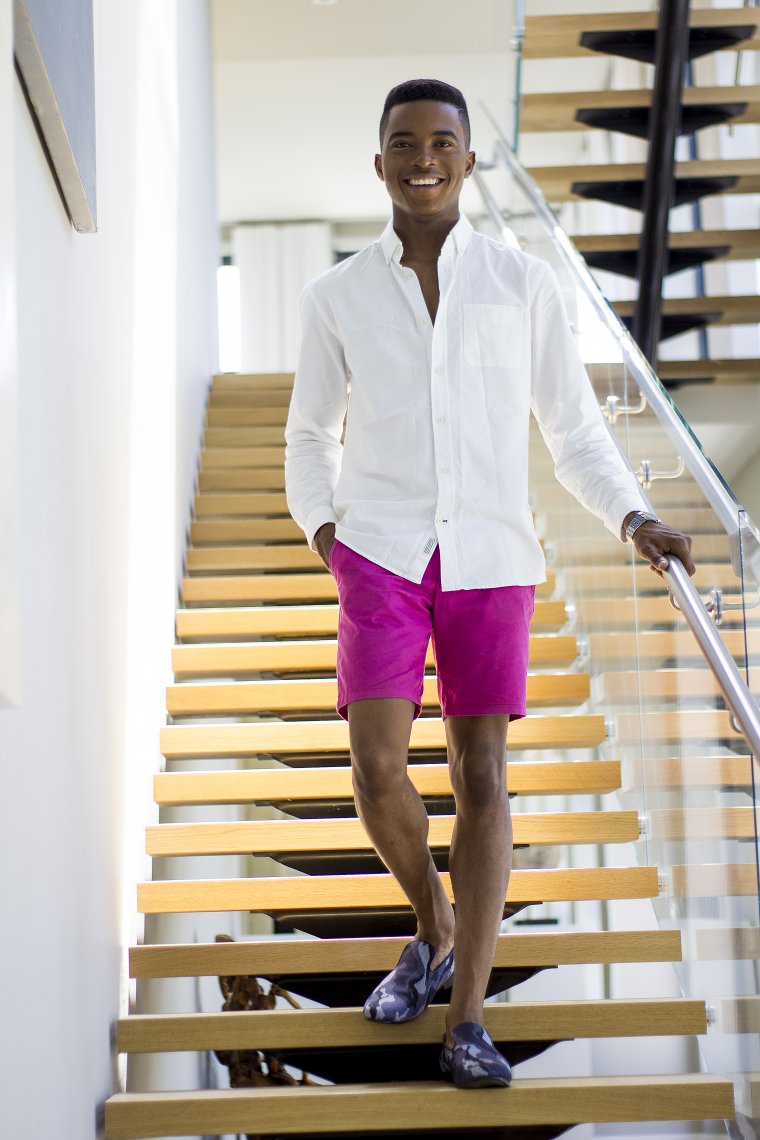
Lifestyle photography means something different to every photographer.
To some people, this genre is an opportunity to focus on someone’s highlight reel. To others, it’s a chance to focus on what they love most about their friends or family. Some people take lifestyle photos for the sake of earning money through stock photo agencies.
Regardless of these reasons, lifestyle photographers share a common goal: capturing authentic moments and emotive photos.
If you have a similar goal, you can quickly learn more about this world by doing these things:
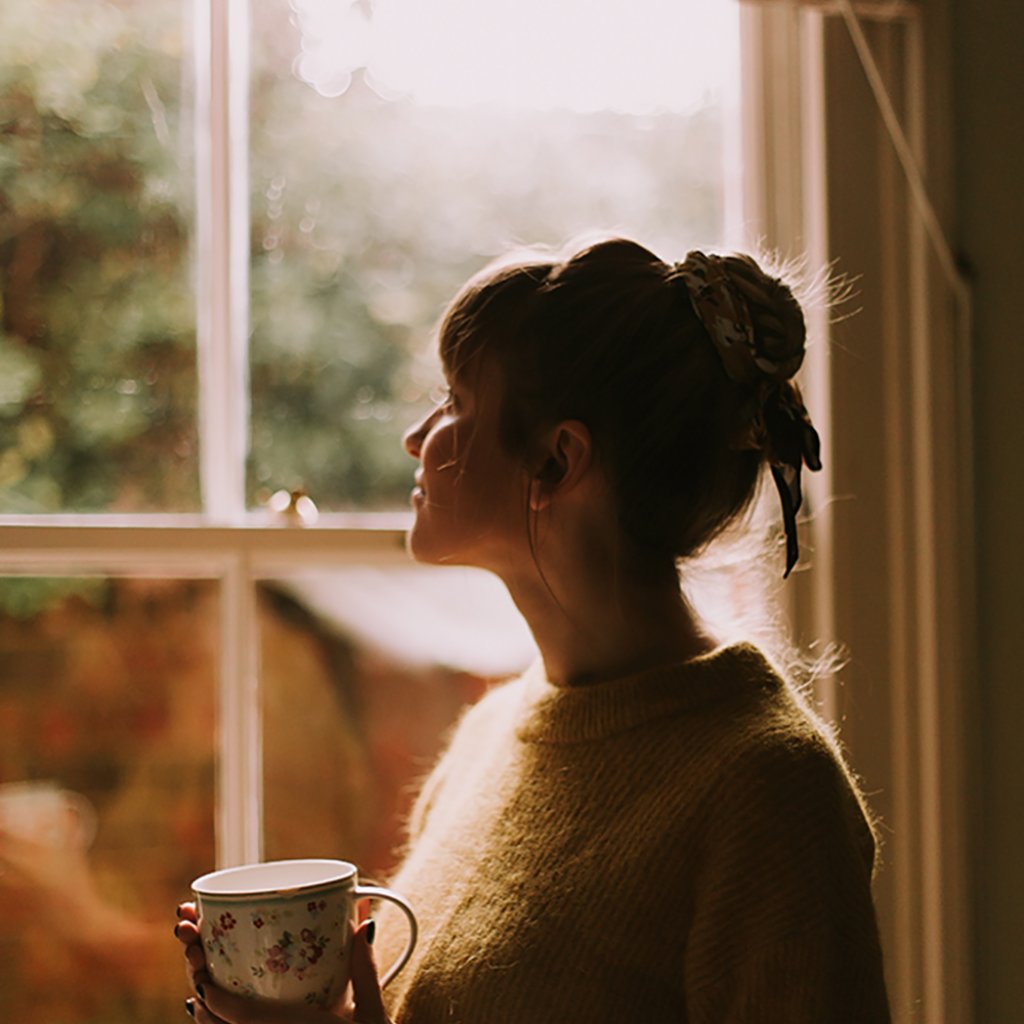
Write down all of your goals before you start practicing. This will ensure that you:
a. have a list of tasks to remind you why this genre is worth it, which is important for overcoming creative blocks
b. know exactly what you need to master lifestyle photography
Common goals include developing a specific style, getting to know new people in the same genre, changing a career, and getting opportunities to travel the world.
Make sure you have a variety of achievable and long-term goals so that you’re always motivated.
In lifestyle photography, you will learn to embrace the imperfections around you to make them perfect. Though as photographers, we would like to capture the perfect lighting or position, there is beauty in imperfections. The goal is to capture that very second in time where the emotions or actions you saw through your viewfinder is exactly what inspired to you to press that shutter button.
Even when planning a lifestyle session (or if you’re seeking to create a lifestyle mood or vibe in your images), keep in mind that everything shows in the images you take. For example when trying to evoke happiness or a sense that the picture is a candid moment, you should put effort into making your subject comfortable with you. You will surely see discomfort or a feeling that the emotion trying to be evoked in the portrait is fake and not sincere if the subject is not comfortable.
You should also take into consideration the interests of the subject during your photo shoot and capitalize on those, subconsciously making them become themselves and not trying to be something or someone they are not. Try not to direct, but rather observe your subject and capture them in their own element, making the memory and image itself accurate.
Each image you take will be a memory in time. A fraction of a second where you took a shot for a reason and when you look back on these images you’ve taken you will be able to see the story you’ve told and inspire others to create their own story as well or mimic yours.
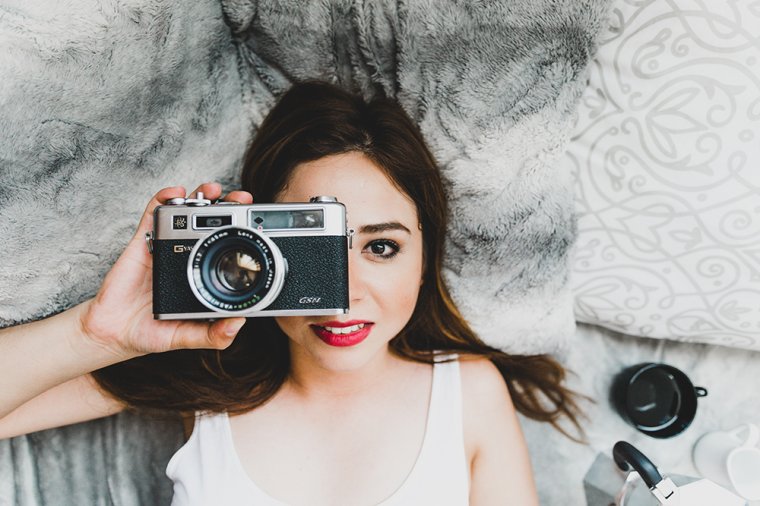
Your goal is to capture your model’s lifestyle, which might include their friends, their home, and their possessions. To capture these things effectively, you should take photos during the day.
Soft, dreamy light is perfect for capturing your model and their items in the best way possible. Golden hour and blue hour are perfect for atmospheric lifestyle photos.
If you shoot indoors, make sure you stay as close to a large light source as possible, such as big windows and open doors.
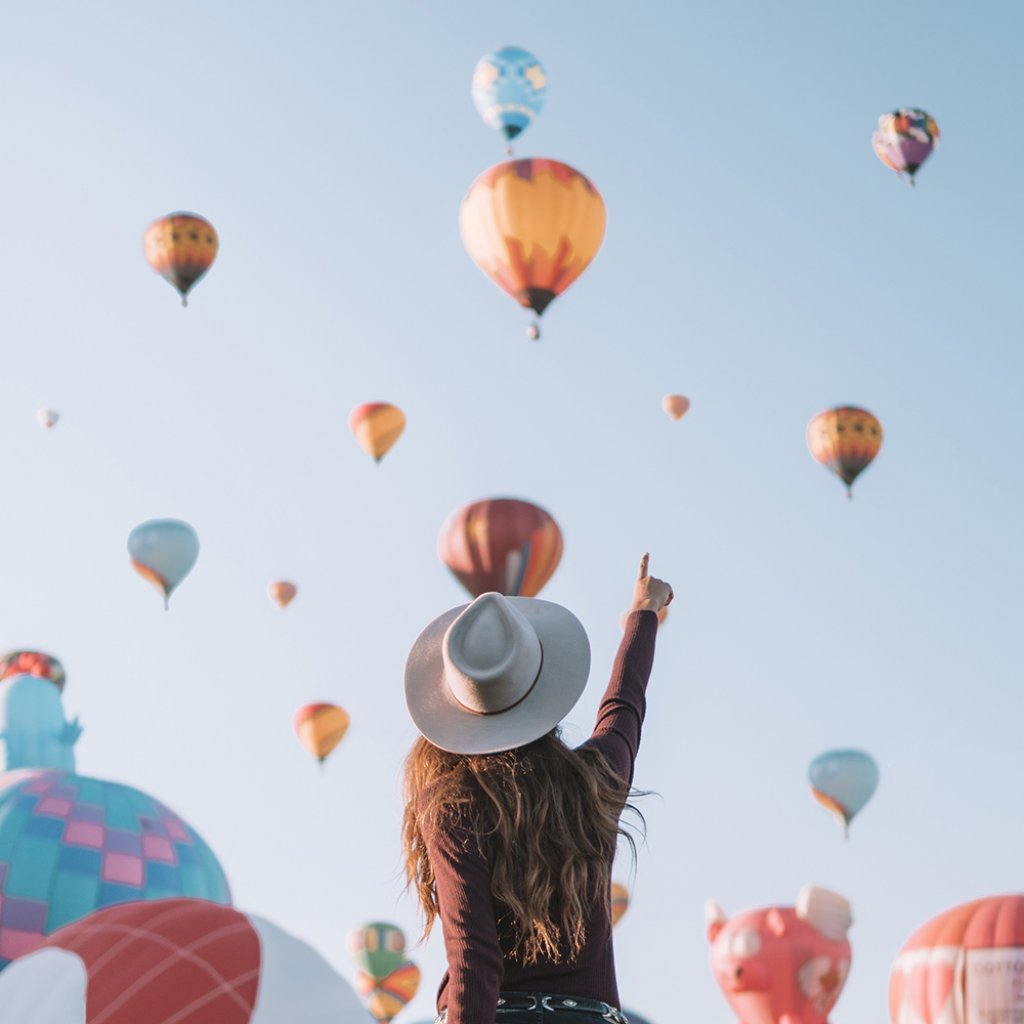
That soft and blurry background you often find in photos is very easy to re-create. All you need is a lens that has a small f-number like f/3.0 or smaller. The smaller the number, the softer your background will be and the easier it will be to separate your model from their surroundings.
Soft backgrounds are visually appealing and can help prevent busy compositions.
Make sure you experiment with different apertures. Some photographers prefer to stick to one number, while others have a few favorites for different occasions.
For example, f/1.2 is perfect for simple portraits, while f/3.0 is great for capturing more of your subject and their environment.
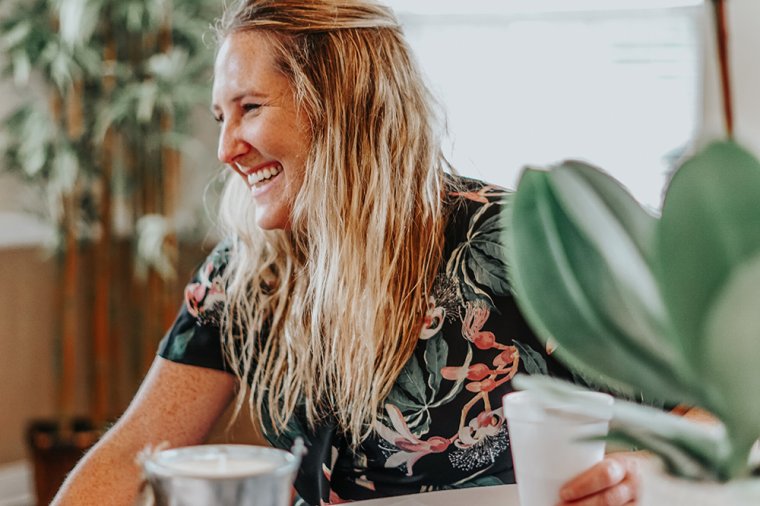
Even though lifestyle photography is supposed to be authentic, don’t be afraid of experimenting with posing sometimes.
However, try to keep your lifestyle session as candid as possible. Talk to your model, give them fun things to work on, and ask their friends to join in.
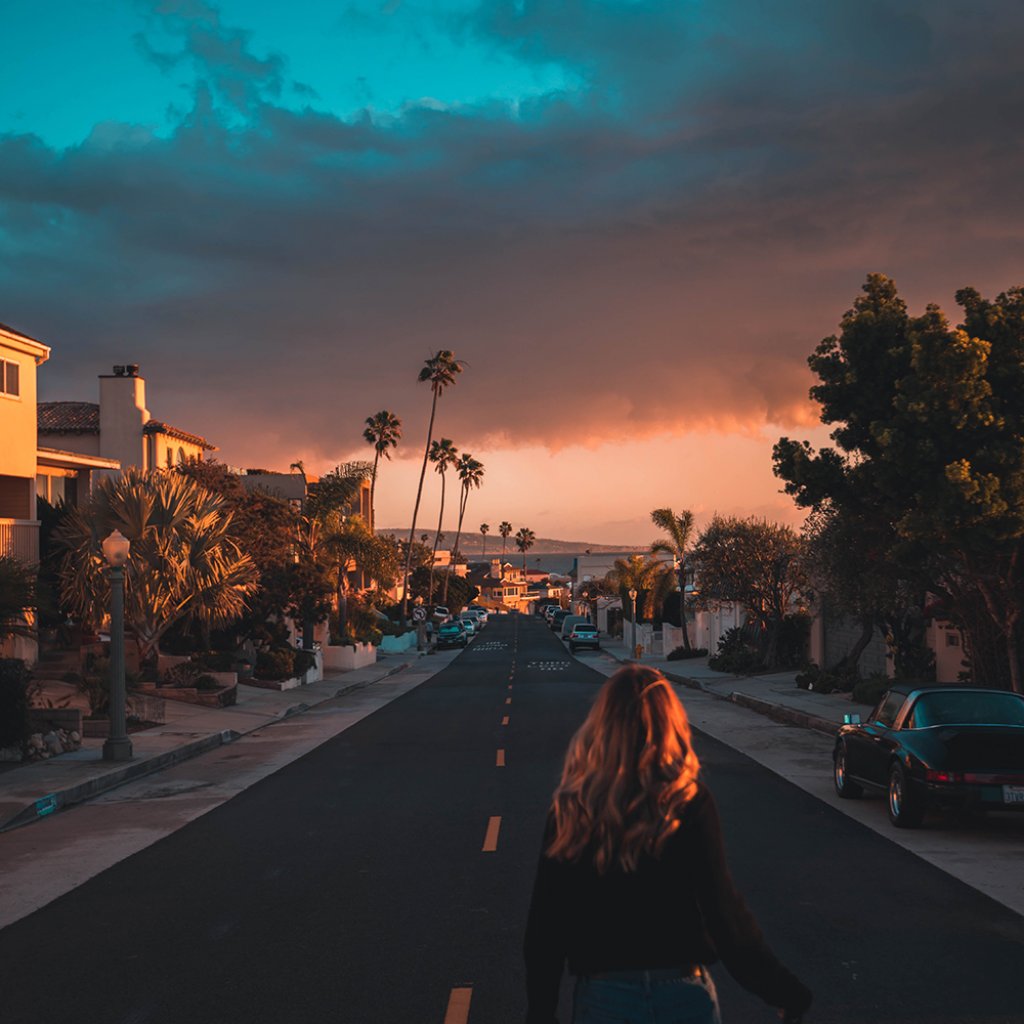
Lifestyle photography often focuses on the subject’s surroundings. You can use this to take atmospheric and moody photos of your models.
Once you have a few portraits that you’re proud of, take photos of the location. This will challenge you to juggle several photography styles—landscape, architecture, nature, etc.—‚at the same time.
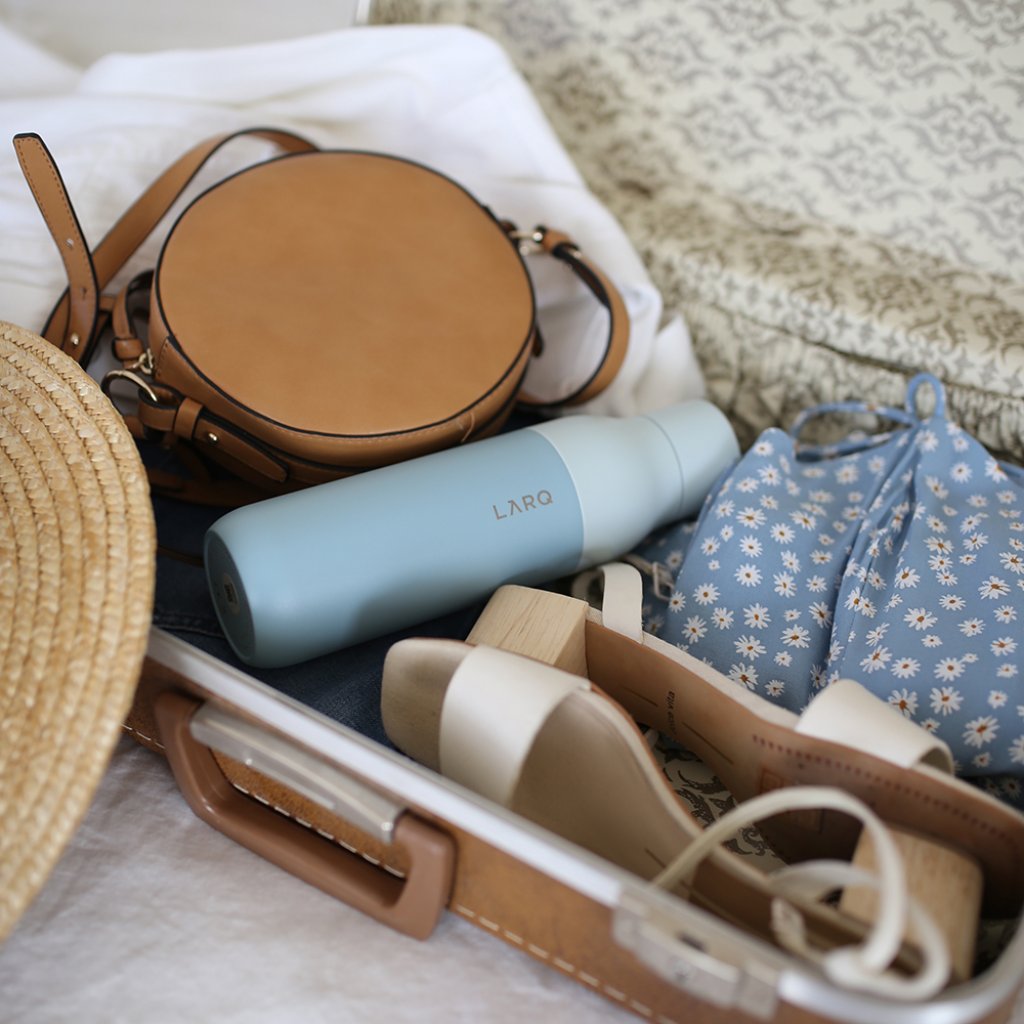
If you look up lifestyle photography, you’ll find a lot of pictures of details. These are great for telling a story and making your subject’s personality stand out more.
Try to focus on them as regularly as possible.
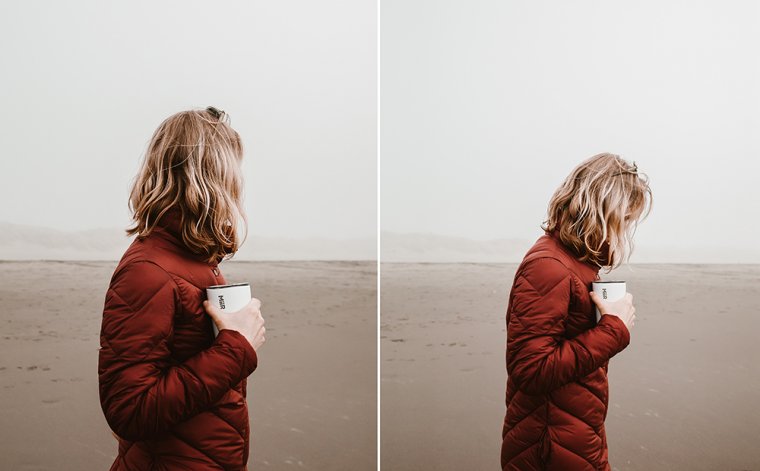
At the end of your photo shoot, you’ll have photos of people, places, and details. You can turn some of these photos into diptychs or triptychs, which are collages consisting of 2-3 photos.
Diptychs and triptychs are great for:
Children can be unpredictable when it comes to photography. Ever find it weary when the parents are around and the child are hiding behind legs and tripping over themselves—afraid of not only you, but also the camera? Fortunately, we have a few tips for capturing candid lifestyle family photography shots when photographing children.
During family portraits, parents tell children constantly to “look into the camera and smile.” Over and over we hear “cheeeeese,” and I cringe, because it isn’t my style to pose a child, and it shouldn’t really be the focus of documenting the life of a child by posing them. This gives you the opportunity to change up the situation and have them focus on something else besides saying that inevitable one word we all know too well.
Opening up a child takes no time whatsoever—and sometimes all the time in the world. Not every kid is going to be super dramatic and adventurous as we all would hope for. Photographing a reserved child is also so sweet, because it is who they are and you’re hired to document them, not anything that you wish they could become.
The pro on having a child know the camera: they do not even notice you are there. Cha-Ching! I would say this could be everyone’s favorite. This allows you to dive into their imaginations and they just let you run around backward, upside down and all you have to do is make sure your settings are accurate in the shade to running to the reflecting water. This is when you have to tie your subject down a tad and ask them to help you get the family photos to make the parents happy.
There are many instances when running around that you can get flustered in not getting something “perfect” when holding all your equipment and trying oh-so-hard not to fall flat on your face, but you see: the imperfect shots still have the ability to show the lifestyle of the subject! It also gives the family a storyboard of the time spent together, and they can laugh about that one time when your subject kept trying to touch your lens while taking family photos—they will laugh, I am sure you will not.
Document little things. The details really matter when creating the confidence of the subject, as well as getting the real life story of what the subject is into.
For instance, did they bring a stuffed animal? If so, “why not show me your toy?” Maybe that stuffed animal has a name and that’ll lead you to another topic of conversation. Keep in mind these little instances are huge. Years from now, when they have changed so much, when they no longer want to pick every single flower from front lawns, these will be amazing qualities that you captured and they will forever be a memory.
Location is everything in photography! Super cute ideas for ch ildren’s lifestyle photography would be an ice cream parlor (your subject would totally forget you were there!) or maybe even their own home. Having a family open up their home can be very endearing and so sweet, and it gives you a glimpse into their everyday life. This could get a very shy subject to open up and show confidence in their own space, leading to a much more natural lifestyle photography session.
Lifestyle photography can help you become an efficient, imaginative, and fearless photographer. It can also introduce you to many exciting photography genres like landscape, nature, and macro photography.
Today, take some time to figure out who you want to photograph and why you want to photograph them. This will help you take photos that are both meaningful and visually appealing.
Comments (0)
There are no comments yet.